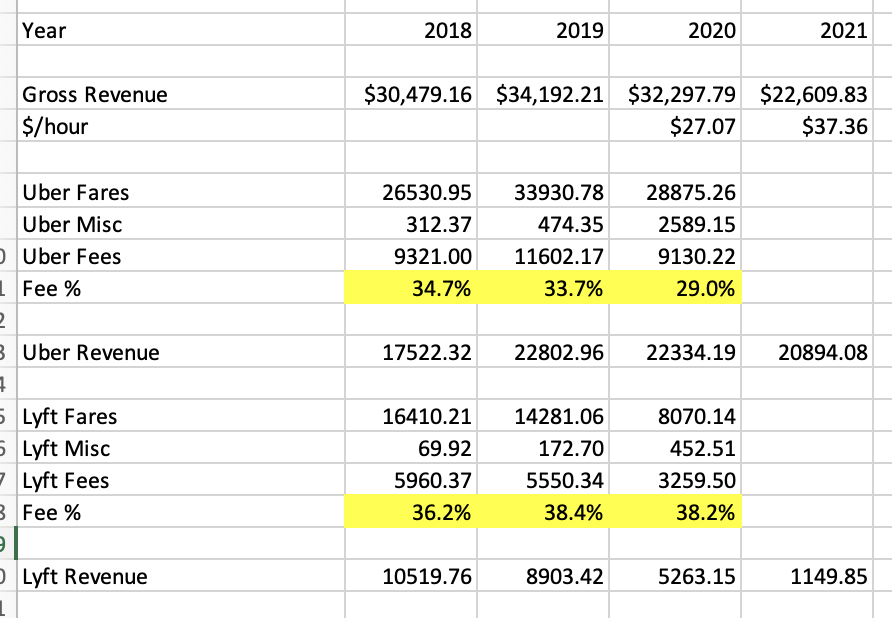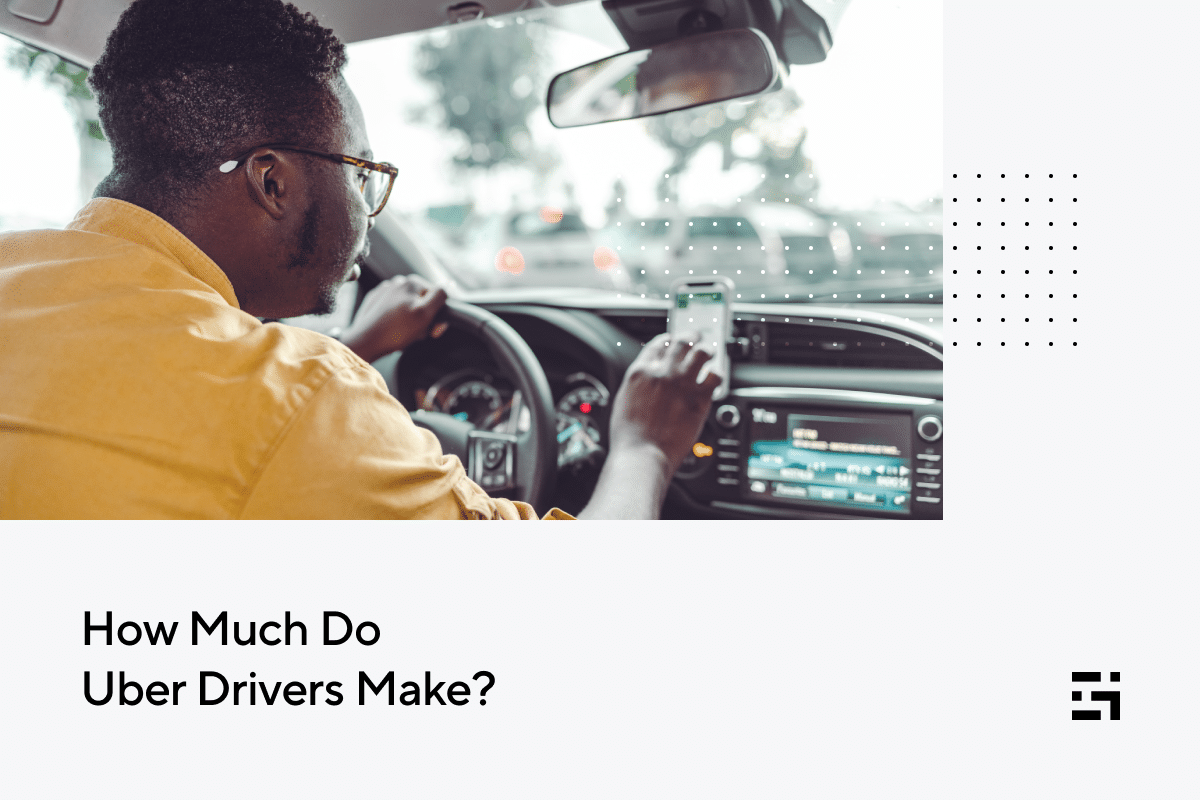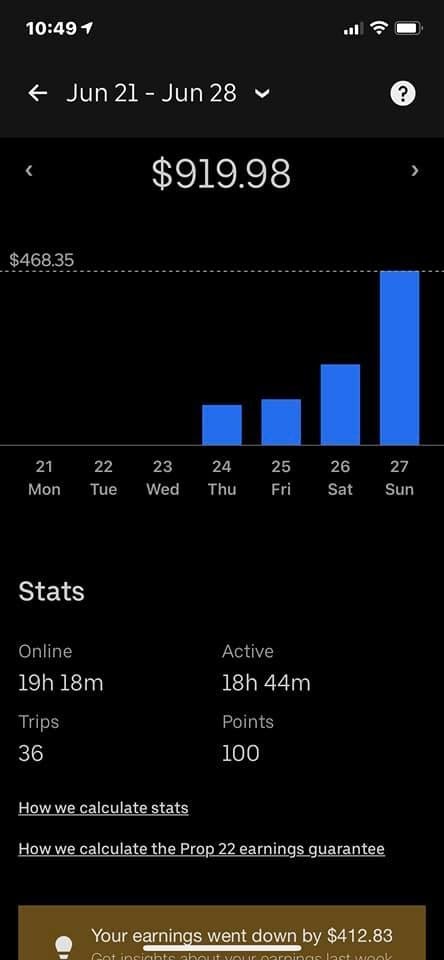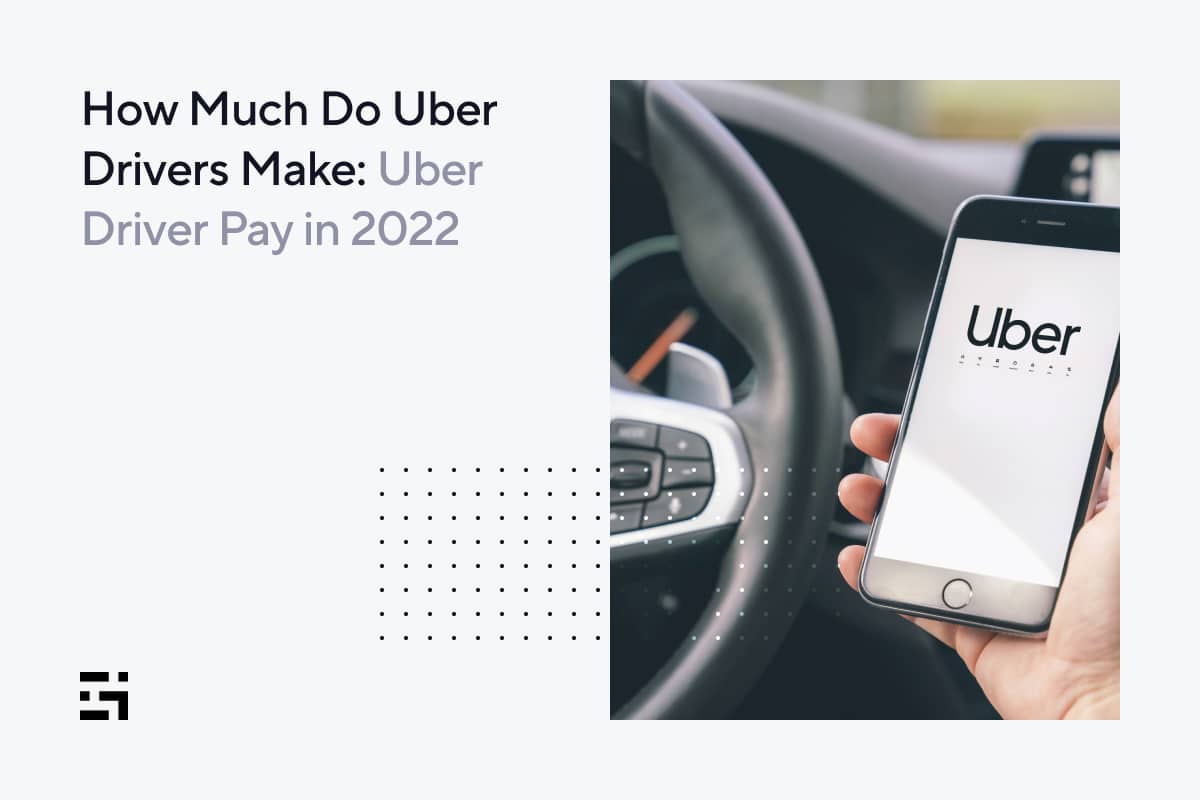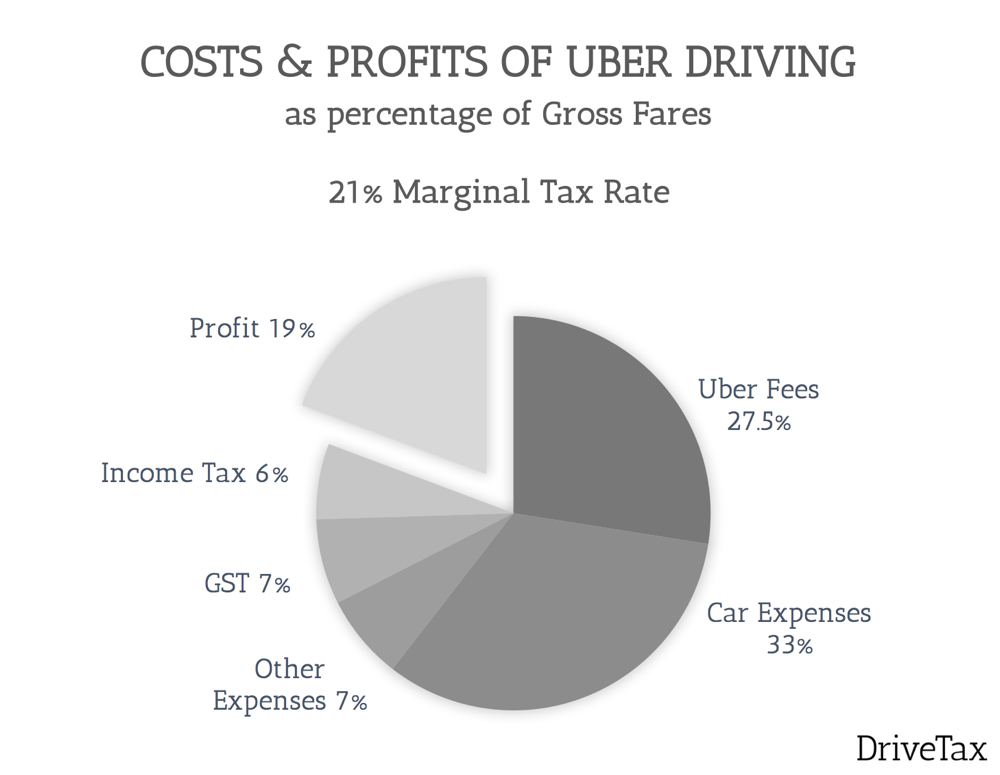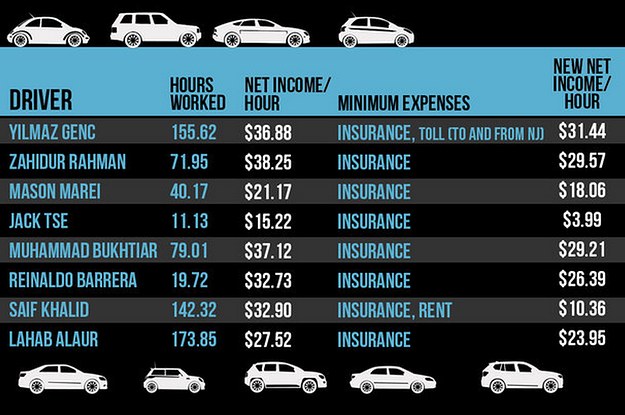How Much Do Uber Drivers Make In Minneapolis
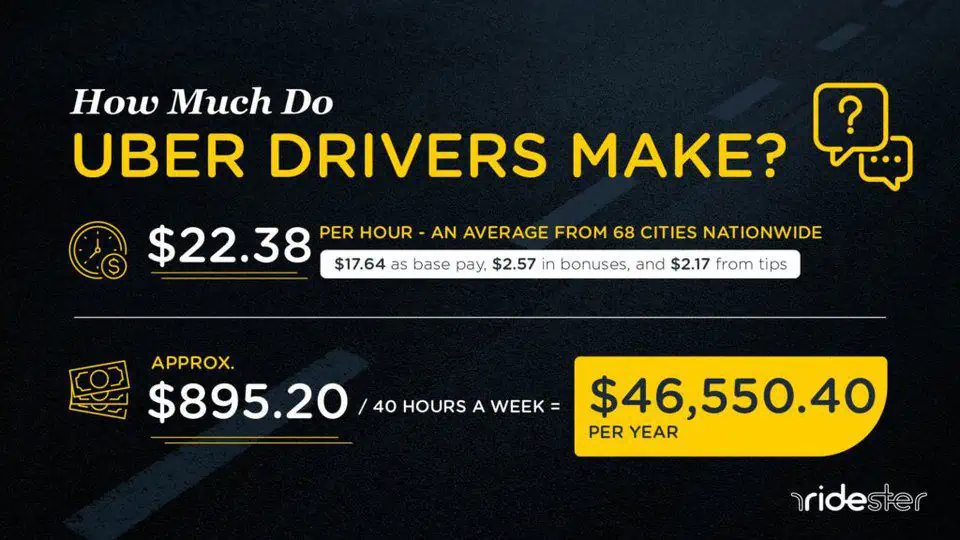
Minneapolis Uber drivers face a harsh reality: earnings are squeezed by rising costs and fluctuating demand. The promise of flexible income is increasingly overshadowed by the challenges of making a livable wage.
This report dives into the complex financial landscape of rideshare driving in Minneapolis, examining factors impacting driver income and exploring what drivers actually take home after expenses.
The Raw Numbers: Gross vs. Net Earnings
Gross earnings for Uber drivers in Minneapolis can appear attractive on the surface. Several online sources report estimates ranging from $20 to $30 per hour before expenses.
However, these figures don't paint the whole picture. These are gross earnings, meaning they don't account for the significant costs drivers incur.
Understanding net earnings – what drivers actually pocket after expenses – is crucial.
Expenses Eat Into Profits
Vehicle maintenance is a major drain on driver income. Repairs, oil changes, tire replacements, and other upkeep necessities accumulate rapidly.
Gas prices, particularly volatile in recent months, further erode earnings. The cost of fuel can easily consume a substantial portion of a driver's daily income.
Insurance premiums are another significant expense. Drivers typically need specialized rideshare insurance, which is more expensive than standard personal auto insurance.
Other costs include vehicle depreciation, cleaning supplies, and smartphone data plans.
What Drivers Are Actually Making
After accounting for expenses, net hourly earnings for Uber drivers in Minneapolis are often significantly lower than the advertised gross figures. Some reports indicate net earnings can be as low as $10-$15 per hour.
The range varies based on factors such as vehicle type, driving frequency, and time of day. Drivers who work during peak hours and in high-demand areas typically earn more.
However, even under optimal conditions, sustaining a comfortable living on rideshare driving alone can be challenging.
Data Sources and Methodology
Data for this report was compiled from a variety of sources. These include driver forums, online surveys, and independent analyses of rideshare earnings.
It's important to note that precise figures are difficult to obtain, as Uber does not publicly disclose detailed driver earnings data. Self-reported data can also be subject to bias.
However, the consistency of reports across multiple sources suggests a general trend of diminishing net earnings for Minneapolis Uber drivers.
The Impact of Uber's Fare Structure
Uber's fare structure plays a significant role in determining driver income. The company takes a percentage of each fare, which can vary depending on location and promotions.
Changes to Uber's pricing algorithms can also impact driver earnings. Drivers often express frustration about a lack of transparency in how fares are calculated.
Competition from other rideshare services, such as Lyft, further influences fare rates and driver income.
Driver Perspectives
Many Minneapolis Uber drivers report feeling financially squeezed. The rising cost of living, coupled with stagnant or declining earnings, makes it difficult to make ends meet.
"It's getting harder and harder to justify the wear and tear on my car," said Sarah J., a Minneapolis Uber driver of 3 years. "After gas and maintenance, I'm barely breaking even some weeks."
Some drivers are exploring alternative income streams to supplement their rideshare earnings.
Looking Ahead
The future of rideshare driving in Minneapolis remains uncertain. Factors such as regulatory changes, technological advancements, and shifting consumer demand will continue to shape the landscape.
Advocacy groups are pushing for increased transparency and fairer compensation for drivers. Several initiatives are underway to explore alternative compensation models and protect driver rights.
Ongoing monitoring of driver earnings and expense data is crucial to understanding the true financial impact of rideshare driving in Minneapolis.




